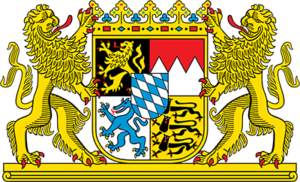The first hours are crucial in a stroke
The collaboration from the first doctor to treat the patient to the specialized „stroke-unite“ center is optimized via TV transmission
December 2017
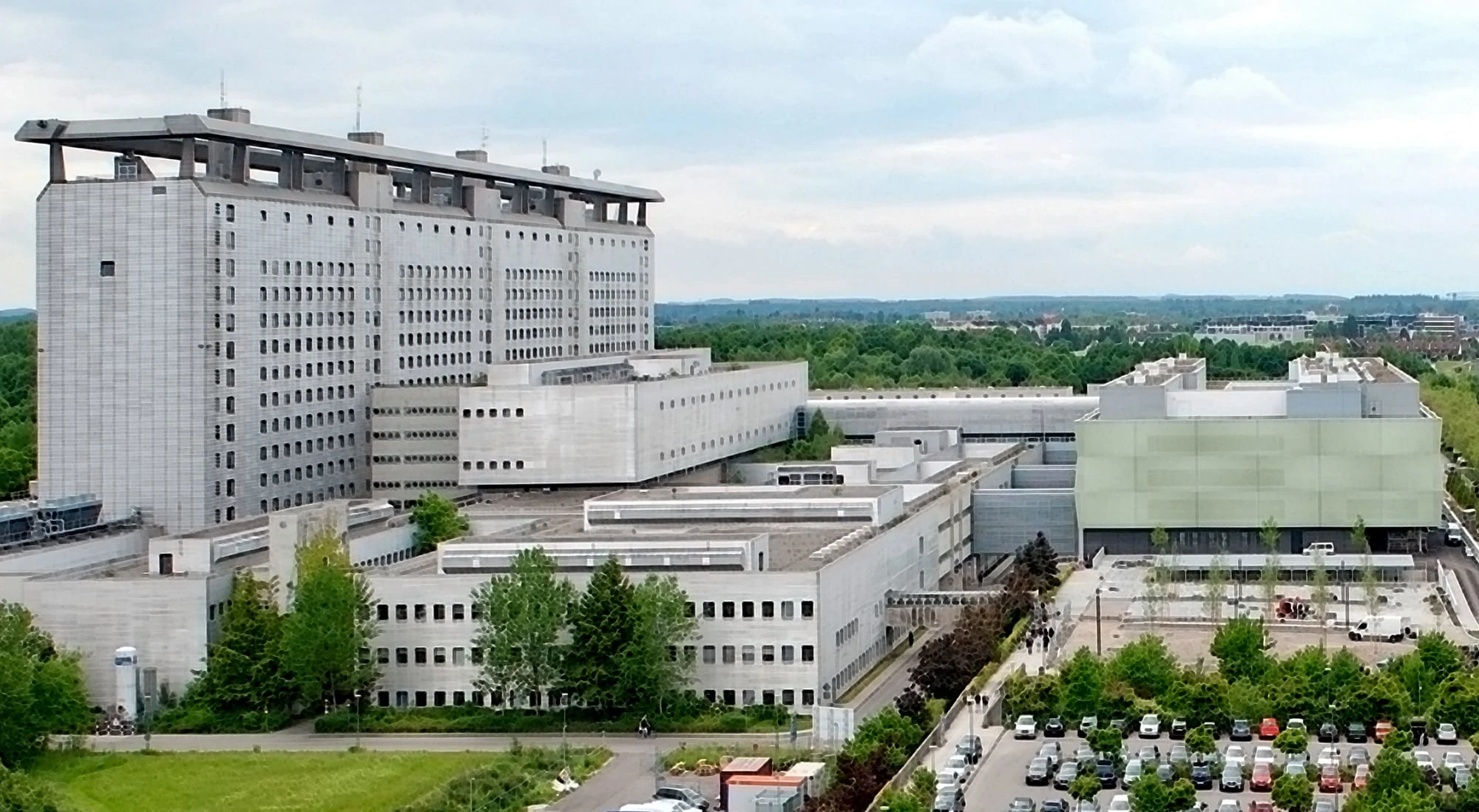
© Clinic of the university of Munich
Clinic Grosshadern of the university of Munich
The Science Campus Martinsried/Grosshadern plays a prominent role in Europe as a center for scientific basic research, teaching, clinical research, biotechnological innovations and technology transfer. Everything takes place almost under one roof. All institutes, faculties, research institutes and the hospital itself are connected by footpaths. The two Max Planck institutes for Biochemistry and Neurobiology, the Innovation and Start-up Center for Biotechnology (IZB), the Ludwig Maximilian University with the new Biomedical Center (BMC), the Prion Center, the Gene Center, and the university hospital Grosshadern create the best conditions for students and scientists, especially through their networking opportunities and spin-offs. The recently approved new construction of the Grosshadern hospital will mark a turning point for the entire campus. In a series we introduce the most important facilities.
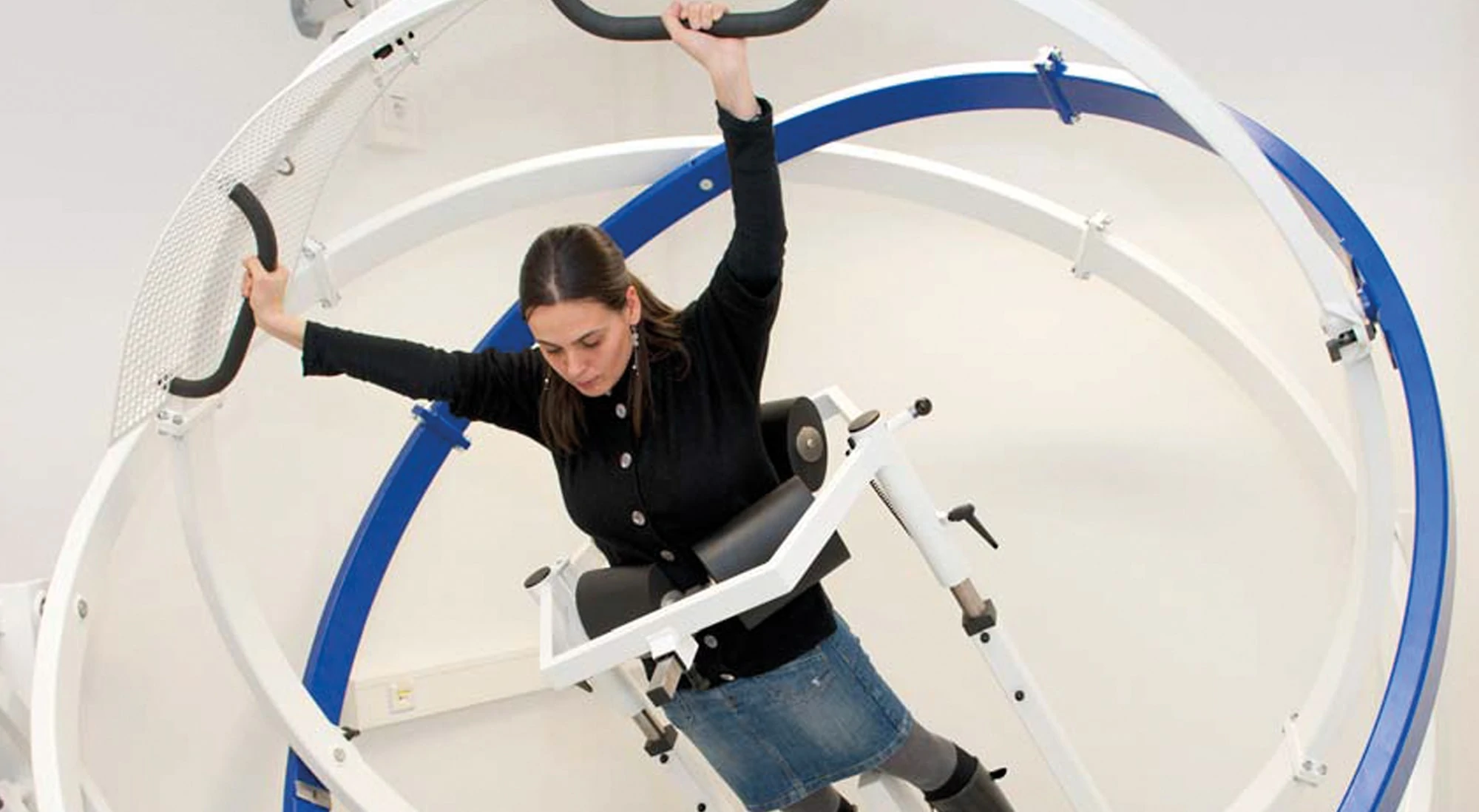
© Clinic of the university of Munich
Space-Curl: Investigation of postural regulation in the three-dimensional space (device is in German Center for Vertigo and Balance Disorders – DSGZ)
Neurological Clinic, Polyclinic and German Center for Vertigo and Balance Disorders (DSGZ)
The Neurological Clinic and Polyclinic in Grosshadern and in Munich’s city center is one of the largest such medical facilities in Europe. It employs about 400 people, 50 of them alone at the Friedrich Baur Institute in Munich, originally established in 1953 as a foundation dedicated to the research and treatment of nerve and muscle diseases. Today it is a specialized institute with research and treatment focusing on all neuromuscular diseases. The Clinic and Polyclinic is headed by Professor Marianne Dieterich, a neurologist specializing in vertigo and balance disorders. The German Center for Vertigo and Balance Disorders (DSGZ) is affiliated to the hospital in this area. Under the heading “Neurological Clinic”, no less than 15 disease-classified areas receive specialist consultations. More specifically, this includes movement disorders including the areas of dystonia and spasticity treated with botulinum toxin, epilepsy, cognitive disorders in neurology (neurodegeneration), many types of head / face pain, motor neuron disorders (motor nerve centers), multiple sclerosis (MS) and other neuroimmunological syndromes, muscle diseases of all kinds, neuro-oncology (cancer), sleep disorders, strokes, dizziness, and disorders of stance, gait, and eye movements.
The first hours are crucial
“We are indeed very diversified,” says Dieterich, and uses the example of treating strokes to explain how the forms of treatment have changed over the last few years. Four hours is usually all that physicians have to treat an acute stroke with the prospect of success and, later on, significant improvement – just four hours. So the path from the primary care provider, often a general practitioner, to a specialized stroke unit has to be as short as possible. Here, we work 24 hours a day, and there are six such centers in Munich alone.
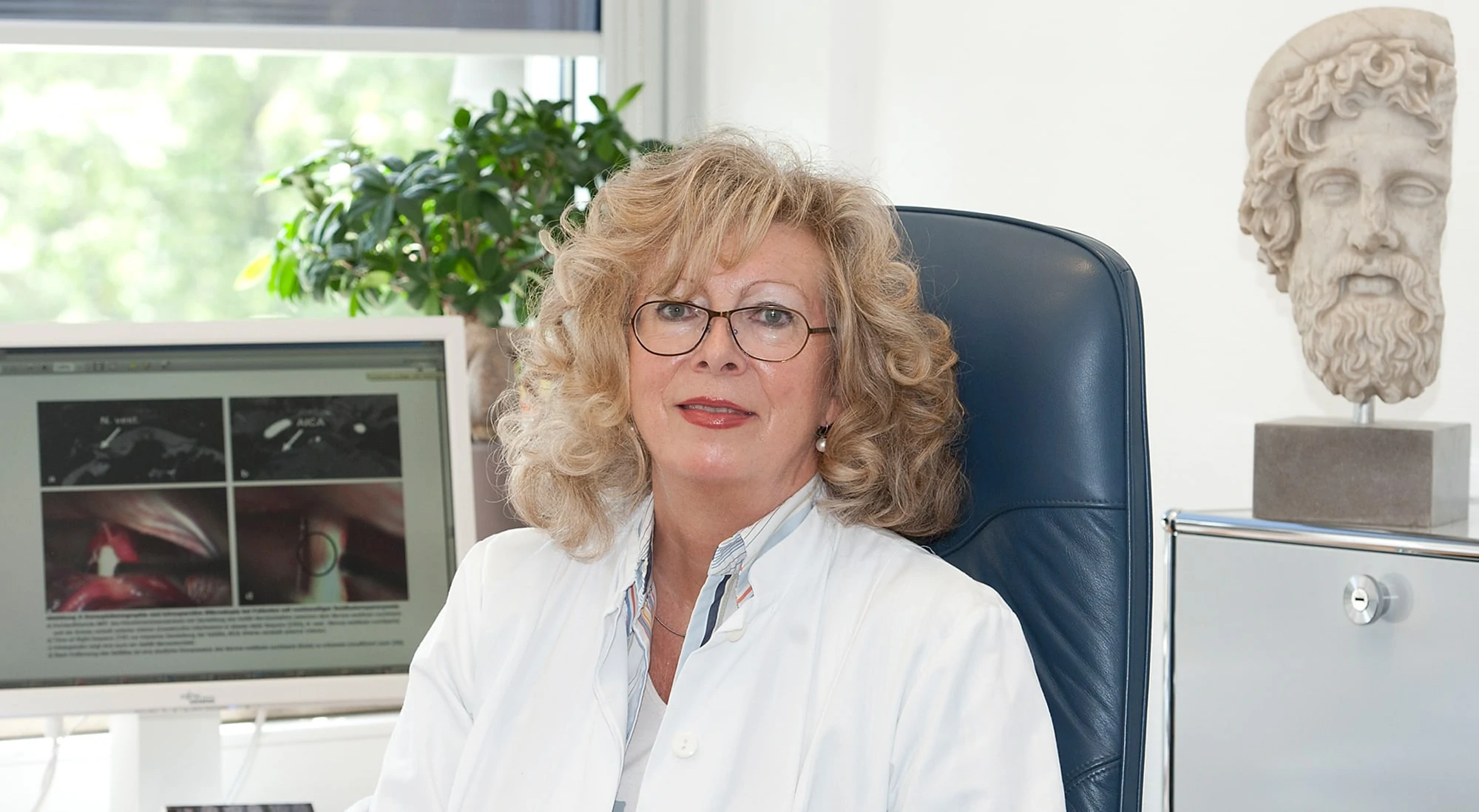
© Clinic of the university of Munich
Prof. Dr. Marianne Dieterich,
Head of the Neurological Clinic, Polyclinic and German Center for Vertigo and Balance Disorders
Treatment recommendation via TV transmission (telemedicine)
The Clinic Grosshadern uses telemedicine to collaborate with the clinics in Günzburg and Ingolstadt in order to provide area-wide treatment of strokes in the southwest of Bavaria. The examination results of the patient and treatment regimens are sent directly to Grosshadern, Günzburg or Ingolstadt by TV transmission from every clinic connected to the network. The stroke specialist in charge can then review and direct the treatment in real time: “This can work from the furthest away places”, says Dieterich. Doctors and staff receive continuous training to stay up to date with the latest techniques.
There are infinite numbers of clinical indications that include an aspect of neurology, and these can be treated at the clinics in Grosshadern and Munich. To name just the major ones, this includes Parkinson’s, dementia such as Alzheimer’s, all neuroimmunology, infectious diseases that cause, for example, meningitis, epilepsy, dizziness and balance disorders, spastic motor diseases, and the huge area of pain disorders.
Help for patients with pain
“With pain, the patient has to learn how to deal with this properly,” says Dieterich. Often the cause of the chronic pain has long since been remedied: “It is the “software in the head” that often causes the pain patient problems,” says the neurologist. “And sometimes it is very difficult to divert the suffering patient from always thinking about the pain.”
The future belongs to networkers
Of course, the Neurological Clinic also does research and teaches. “Depending on the problem,” says Dieterich, “there are direct connections to the other facilities of the campus, including the IZB. It would not work otherwise. Many areas of neurodegenerative diseases are very closely interlinked.” The future is also the present, because “acute treatment has changed completely.” In the future, more attention will be paid to older people, because “the risk of neurological diseases also increases with age.” More emphasis will be placed on cooperation with established colleagues. “The future belongs even more to networkers,” according Dieterich.
